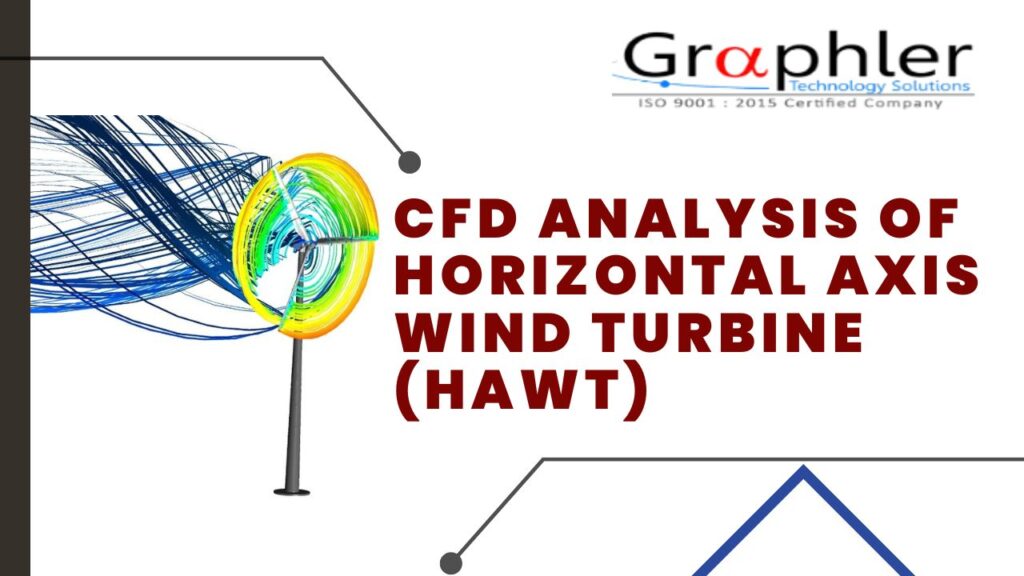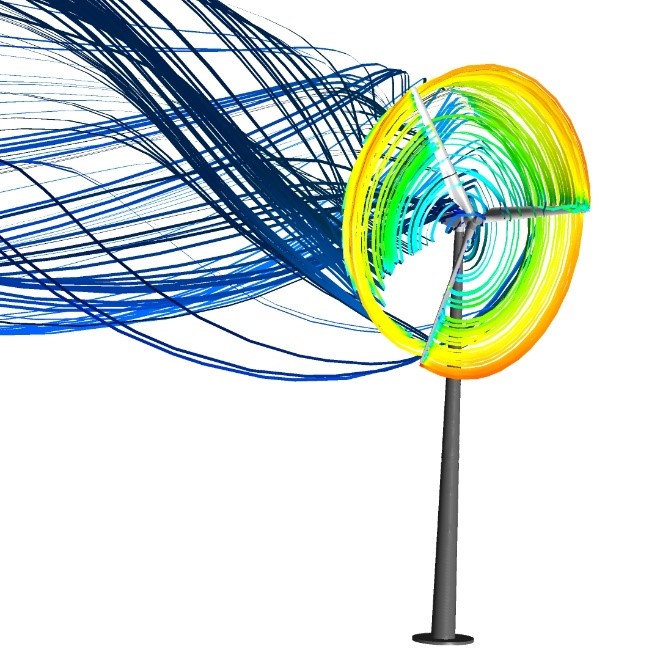
A wind turbine or wind power plant is a device that converts kinetic energy from the wind into electric current. The most common topology is the Horizontal-axis wind turbine (HAWT). With the rapid development of the computer technology, the Computer Aided Engineering (CAE) technique has become an important tool to study flow field and structural integrity. Having plenty of advantages such being reasonably fast and cost effective compared to conventional real model prototype based evaluation techniques. It gives an in-depth insight of the true physics that occurs in the very nature of the problem more vividly with huge contrast to any existing design or prototype model or yet again any physical model which is currently deployed on field.
CFD ANALYSIS
In order to study the aerodynamics of a wind turbine using CFD, several methodology will be carried out in order to capture the real physics of rotating parts using Computational methods. Virtual wind tunnel is modelled considering the roughness of the terrain, any obstructions or tall structures near the wind farm.
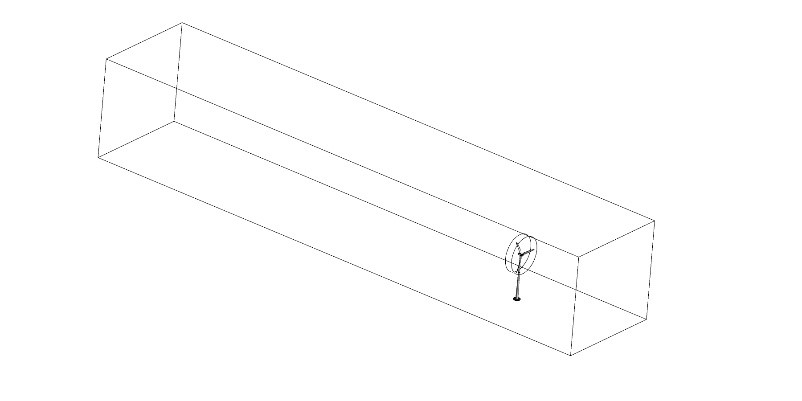
Moving reference frame technique or Mesh Motion:
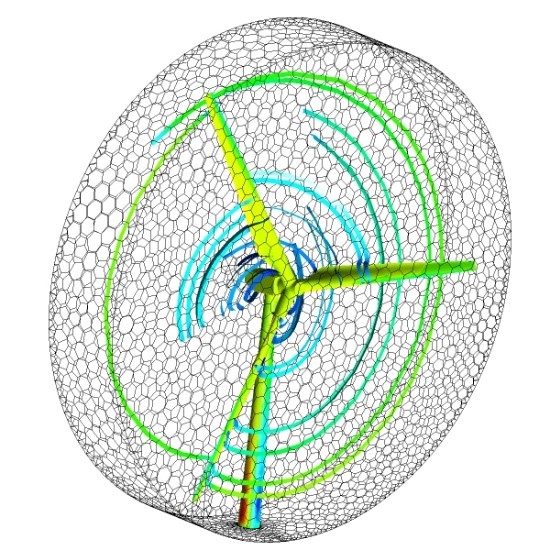
In order to analyse and capture the real physics of a rotating parts using computational methods, a technique called Moving Reference Frame technique or Mesh motion has been applied around the wind turbine blades. Apart from MRF condition other boundary conditions such as velocity, no slip wall and outlet conditions are defined. To achieve a better convergence in simulation a good quality mesh has been applied which is assured by certain parameters like skewness , aspect ratio etc.
For different blade dimensions and parameters, we provide a wide variety of results such as
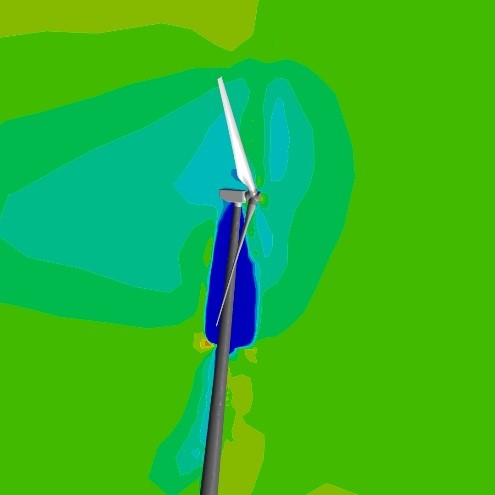
- Drag and lift curve on various parts i.e. blades, hub, tower etc.
- Contours of pressure on Blades, Nacelle and Tower.
- Streamlines and path lines for better understanding of flow separation and vortices.
Finite Element Analysis:
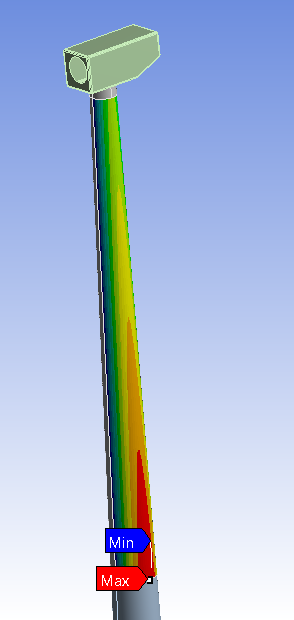
Modal analysis: It is performed to determine the natural frequencies and the corresponding mode shapes at different wind speeds. It is made to ensure that the natural frequency of the wind turbine is not close to the frequency of the excitation forces in order to avoid resonance.
Vibration analysis: The goal of the analysis is to determine at different vibrational frequencies, how the stress is distributed across the tower, nacelle and turbine blades. From the arrived results efficient damping can be provided to mitigate component failure at different load conditions.
Seismic Analysis (Response Spectrum): Through seismic analysis the patterns and extent of damage to assess the structure’s inelastic behaviour and failure pattern in severe seismic events can be determined.
Wind Load: It is performed in order to check if the structure can withstand extreme wind speeds and high turbulence intensity of air at the wind farm. The unsteadiness caused by the fluctuation of wind and the load are analysed when the turbine is in Power production mode and Idling mode.
Conclusion :
Our CFD Analysis Services holds great promise for the horizontal wind turbine. We also have a team of experts specialized in CAD Conversion Services, 3D to 2D Conversion Services and also various animation services like Product Animation Services and Engineering Animation Services .
Contact our experts today to know about our services.

